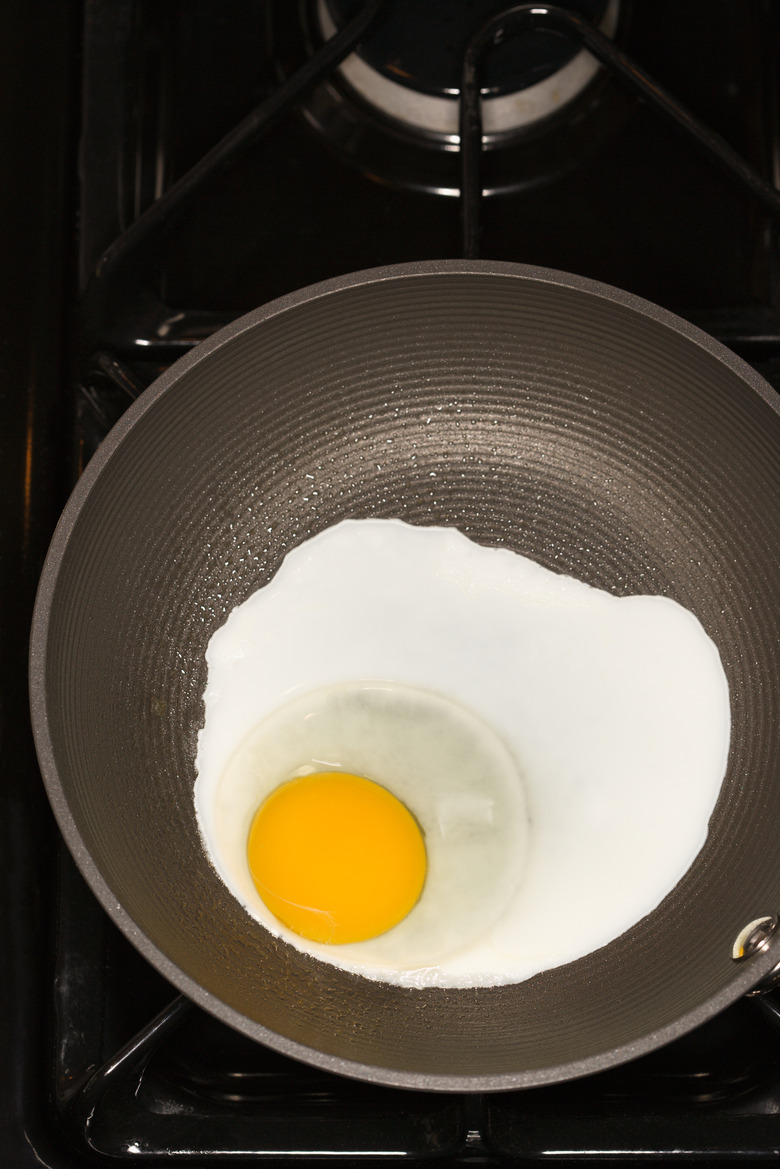Why Does Heating Interfere With The Activity Of An Enzyme?
Scientists are still striving to understand the intricate details of the complex protein molecules that enable essential biological processes. These molecules, known as enzymes, function as catalysts for numerous biological reactions. Without enzymes, most of these reactions would not occur quickly enough to sustain life. Enzymes are designed to operate within a specific environment. Excessive heat, along with various other conditions, can seriously impair enzyme activity.
The Reactions of Life
The Reactions of Life
Biological reactions provide the energy and specialized molecules that maintain the life of an organism. All reactions, however, cannot occur until a certain amount of energy stimulates the reactant molecules. This energy is known as the reaction's activation energy. The energy available in biological environments is often insufficient to stimulate an adequate number of reactions, but enzymes compensate for this insufficiency. By altering the way in which reactant molecules interact with one another, enzymes lower activation energy and allow reactions to occur much more quickly.
Altered by Heat
Altered by Heat
Enzymes are specialized protein molecules, which means that they share the basic structure of a protein: specific types of amino acids linked together in a particular sequence. Enzymes in general have complex three-dimensional structures that determine their detailed functional characteristics. If this structure changes, the enzyme becomes less effective in its role of lowering activation energy. One common source of structural change is heat. Warm temperatures tend to enhanced enzymatic activity by increasing the kinetic energy associated with random molecular motion, but when the temperature becomes excessive, enzymes experience structural deterioration that inhibits enzymatic activity.
Molecules in Motion
Molecules in Motion
The disruption of an enzyme's carefully designed structure is known as denaturation. This process is often desirable: some food proteins, for example, are easier to digest after they have been denatured by cooking. High temperature is a common cause of denaturation. As temperature increases, random molecular motion becomes more energetic. Eventually, molecular motion becomes so energetic that the molecules disrupt the bonds between the numerous amino acids that determine the enzyme's natural structure. The enzyme is not destroyed, but its essential structural characteristics have been altered. In complex proteins like enzymes, denaturation is almost always irreversible.
An Enzyme Without a Substrate
An Enzyme Without a Substrate
An intact reactant molecule, or substrate, that attaches to an enzyme at the beginning of an enzymatic reaction is essential to correct functioning of the enzyme. Denaturation of a substrate causes structural changes that make it difficult or impossible for it to fit into the enzyme's highly specific structure. Enzymes are highly specific, meaning their intricate structures ensure that they can attach only to one type of molecule or to a group of closely-related molecules.
Cite This Article
MLA
West, Joseph. "Why Does Heating Interfere With The Activity Of An Enzyme?" sciencing.com, https://www.sciencing.com/why-does-heating-interfere-with-the-activity-of-an-enzyme-12730636/. 22 October 2013.
APA
West, Joseph. (2013, October 22). Why Does Heating Interfere With The Activity Of An Enzyme?. sciencing.com. Retrieved from https://www.sciencing.com/why-does-heating-interfere-with-the-activity-of-an-enzyme-12730636/
Chicago
West, Joseph. Why Does Heating Interfere With The Activity Of An Enzyme? last modified August 30, 2022. https://www.sciencing.com/why-does-heating-interfere-with-the-activity-of-an-enzyme-12730636/
